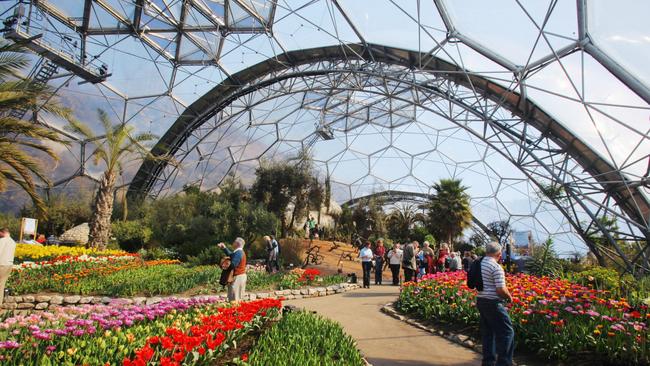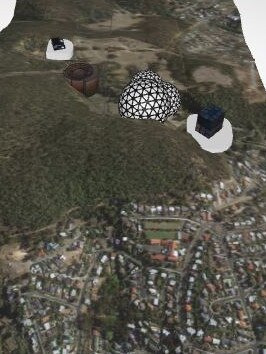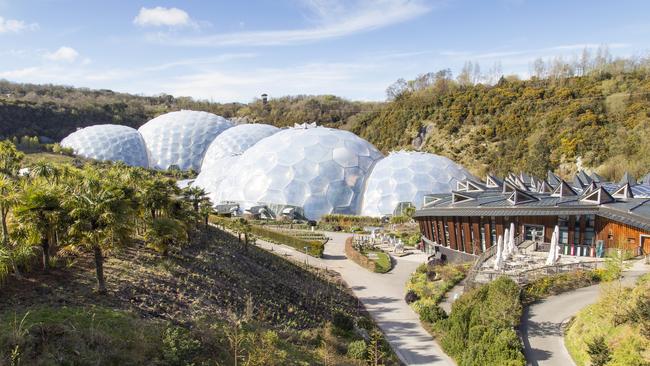‘Green, renewable project’: Disused quarry to house $150m environmental facility
A new proposal for the disused Giblin Street quarry would see a $100-150 million environmental, historical and cultural facility built within the depths below. SEE THE PROPOSAL >>
Hobart & South
Don't miss out on the headlines from Hobart & South. Followed categories will be added to My News.
A new proposal for the disused Giblin Street quarry would see a $100-150 million environmental, historical and cultural facility built within the depths below.
Environmental scientist Sam Marsh of Hobart has developed the concept for Eden Project Tasmania which would feature three 50-metre high domes each representing the plants and climates of Australia; including temperate for Tasmania, tropical and outback domes.

In addition, there would be a separate structure to simulate the conditions of Antarctica, with the unique histories and cultures of the landscapes to be woven into the design of the domes and structures.
“We are trying to develop a green, renewable project in the area, transforming it from a degraded, waste area quarry site into an educational facility that engages the community with sustainability practices and how we can do our bit in this part of the world,” Mr Marsh said.


After a year of concept work and liaison with the Hobart City Council, department of State Growth and the Premier Mr Marsh said the next step was to put forward his proposal to purchase the quarry when the HCC seek expressions of interest for the site in the coming months.

Following this Mr Marsh will seek investors and funding to get the project underway.
The idea is modelled off the renowned Eden Project in Cornwall, of which Mr Marsh was involved with several decades ago when he still lived in the UK, which saw a china clay pit transformed into majestic domes housing a global garden and cultural venue.
“It will be highly educational so people can learn what is happening with climate change and the impacts of this in the world, to turn it around from destructive to regenerative work one small step at a time,” Mr Marsh said.
Once building is underway Mr Marsh expects it will take between 3-5 years to be completed and operational.



